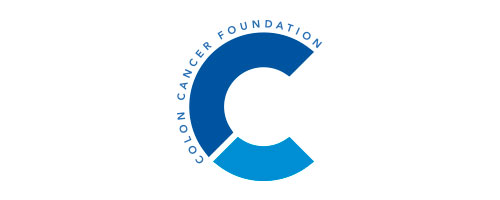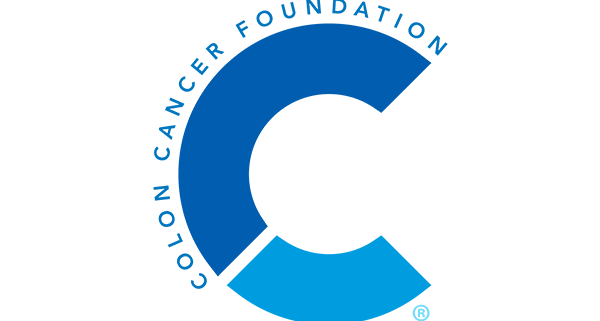The titular study published on March 30, 2021 was a comparative effectiveness study, a study that compares two or more health interventions to evaluate which poses the greatest benefit and harm, and was inspired by and relied on the International Duration Evaluation of Adjuvant (IDEA) trial. The IDEA trial was a pooled analysis of six randomized clinical trials that studied patients with stage III colon cancer and compared the effects of three months of adjuvant chemotherapy to the standard duration of six months.
Adjuvant chemotherapy refers to the additional therapy given to cancer patients after their primary therapy; in this case, the primary therapy was surgery. Adjuvant chemotherapy is administered to maximize the benefits of the primary therapy and to decrease the risk of cancer recurrence.
In the IDEA trial, the adjuvant therapy was either adjuvant 5-flourouracil/leucovorin plus oxaliplatin (FOLFOX) or capecitabine plus oxaliplatin (CAPOX). Both FOLFOX and CAPOX are chemotherapy regimens used for advanced colorectal cancer, and, as stated, both contain oxaliplatin, a known neurotoxic agent. Therefore, the implications of reducing the duration of adjuvant therapy are immense, as it could potentially decrease the neuropathic effects of the drug, as well as reduce treatment cost and increase treatment adherence.
The IDEA trial in particular was chosen as a benchmark due to the many controversies that surrounded the study’s findings. The IDEA trial found that “a shortened duration of adjuvant chemotherapy was noninferior among patients with T1 to T3 and N1 stage disease and among patients prescribed CAPOX.” In this case, noninferior means that the experimental treatment, i.e. the shortened adjuvant chemotherapy, is not substantially worse than the control treatment, i.e. the standard six month duration of adjuvant chemotherapy.
This was controversial, as a worldwide survey of 145 oncologists showed that 1 in 3 supported the six months duration of adjuvant chemotherapy. Additionally, there were concerns as to how these findings could be generalizable to a real-world population of cancer patients.
This current study aimed to remedy these controversies by conducting a target trial emulation, a method used by investigators to mimic a clinical trial using observational techniques. Though randomized clinical trials continue to provide the strongest evidence for comparing the effectiveness of two or more interventions, they can be slow, costly, and at times impossible to conduct due to ethical considerations. Therefore, target trial emulations, in which an ideal clinical trial is imitated using already-existing, real-world data, can prove useful.
This study utilized the data of patients who were diagnosed with stage III colon cancer between January 2004 and December 2015 in Alberta, Canada, and the eligibility criteria mimicked that of the IDEA trial. Overall, 485 patients were included in the trial emulation, with 230 being women and the median age being 59 years.
Both a target trial emulation and a naive observational analysis were conducted, a naive observational analysis being one that did not take into account any of the factors of the target trial emulation. More specifically, the naive observational analysis did not factor in allowable reasons for therapy cessation, values that change over time like treatment dosage, or immortal time bias.
In this study, the findings of the target trial emulation and the naive observational analysis differed. The findings of the target trial emulation mirrored that of the original IDEA trial; a shortened duration of adjuvant therapy, specifically CAPOX, was found to be noninferior to the standard six month duration. However, the naive observational analysis found that a shortened duration of CAPOX therapy was associated with a decreased overall survival for patients.
According to the authors, these disparate findings show “the importance of explicitly emulating a target trial when conducting comparative efficacy research using real-world data.”


